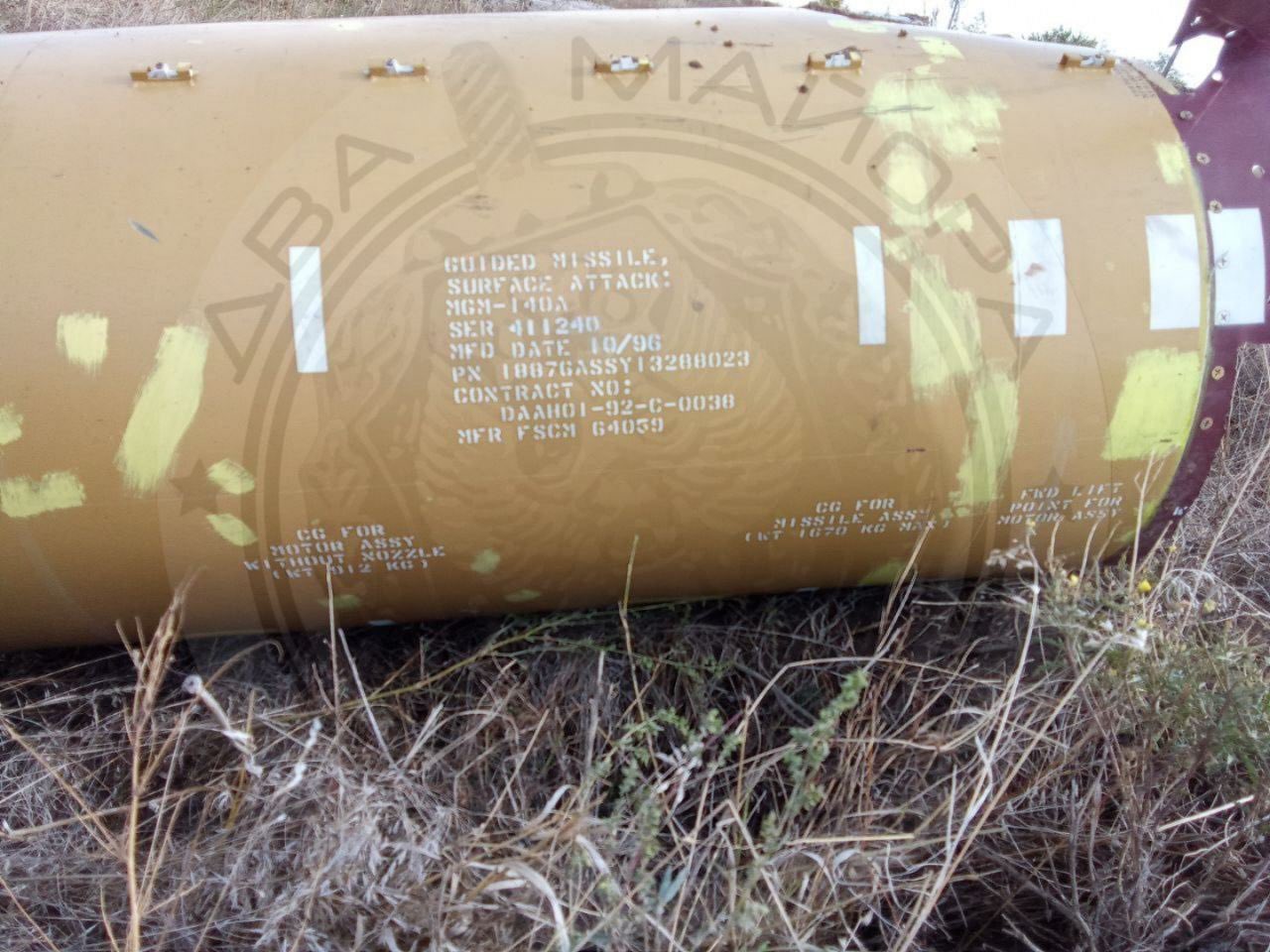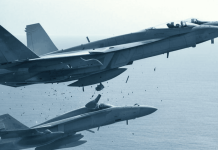A prominent Russian military expert has attributed the recent interception of Ukrainian long-range Army Tactical Missile Systems (ATACMS) missiles to the S-400 anti-aircraft missile system (SAM).
ON SALE! 117 MiG-31, MiG-29 & Other Russian-Origin Fighter Jets Put Up On Auction By Kazakhstan; Here’s Why
Ukrainian forces commenced the utilization of US-supplied ATACMS on October 17, asserting their successful deployment in a strike against Russian airfields within occupied territories.
On October 25, Russian air defense units, as claimed by the Russian Defense Ministry, successfully intercepted and downed two long-range Army Tactical Missile Systems (ATACMS).
However, at that time, the Russian Ministry of Defense did not provide details regarding the air defense system used for the interception or the locations where the targets were intercepted.
Now, speaking to Russian state-owned media TASS, Lieutenant General Aytech Bizhev, the former Deputy Commander-in-Chief of the Russian Air Force for the Joint Air Defense System of the CIS member states, claimed that Russia’s advanced air defense system S-400 played a crucial role in countering long-range missiles supplied by the United States.
“Two Ukrainian ATACMS missiles manufactured by the United States, the destruction of which was reported by the Ministry of Defense of the Russian Federation, were shot down by fire from S-400 anti-aircraft missile systems,” according to Bizhev.
He explained that the entire spectrum of Russian air defense systems, ranging from the Pantsir-S1 anti-aircraft missile-gun system to the S-400 air defense system, is well-equipped to intercept ATACMS missiles.

He mentioned that ATACMS missiles’ flight speed, not exceeding 1,400 meters per second, renders them susceptible to all Russian air defense systems.
The MGM-140 Army Tactical Missile System is designed to be compatible with HIMARS and M270 MLRS launchers that Western nations supplied to Kyiv for launching shorter-range munitions.
While these ballistic missiles have a maximum range of up to 300 km, it is believed that the ones possessing Kyiv are of an older variant with a reduced range of 165 km.
The Ukrainian military has reportedly made effective use of this new capability, employing it to target Russian airfields, a move endorsed by President Vladimir Zelensky, who stated that these weapons have demonstrated their effectiveness.
On the other hand, his Russian counterpart, Vladimir Putin, has criticized the supplies, considering them the latest in a series of missteps by the US in the ongoing Ukraine conflict.
ATACMS Missiles In Ukraine Conflict
The White House had been reluctant to fulfill Ukraine’s requests for these long-range missiles for over a year. However, with a limited number of these missiles now on the battlefield, Ukraine anticipates that this will have a substantial impact on curtailing Russian military operations.
Ukrainian experts have been emphasizing that the ATACMS, or the Army Tactical Missile System, has the potential to bring about a significant shift in the overall strategy and tactics of the conflict. This could result in a redirection of focus from Ukraine’s arduous ground warfare to long-range strike capabilities.
ATACMS is expected to prove highly valuable for Ukraine in its ability to target Russian installations like airfields, in contrast to the British and French-supplied Storm Shadow and SCALP missiles, which are primarily designed for striking hardened or fortified targets.
The ongoing deployment of ATACMS could further necessitate Russia to disperse its military assets strategically to reduce vulnerability to these missile strikes with cluster warheads.
Such a dispersal may compromise Russia’s air defense capabilities and increase logistical challenges for Moscow. Additionally, it could force Russia to relocate some of its aviation assets farther from the frontlines, potentially affecting the overall effectiveness of Russian aviation.

Analysis from the US-based think tank, the Institute for the Study of War (ISW), also supports the notion that the cluster warhead-equipped ATACMS will enhance the effectiveness of Ukraine’s strikes on Russian airfields, destroying more Russian aircraft and assets.
This development is expected to compel Russian commanders to disperse their airpower assets and relocate several aircraft to positions farther from the frontline.
Given Ukraine’s lack of air superiority, which remains an advantage for Moscow, the capability to target Russia’s air bases holds significant strategic importance.
In contrast, Russia has asserted that it has adapted its air defense systems to counter the threat posed by ATACMS missiles.
Captain of the First Rank in the Reserve and military expert Vasily Dandykin recently alleged that Russian air defense has successfully adapted to counter such missiles and remains prepared to address future threats, including the German Taurus missile, if they were to be delivered.
He emphasized that Russia’s missile complexes, ranging from small to large, are equipped to handle such challenges, and specifically, the Buk-M2 or Buk-M3 systems could potentially manage these scenarios. According to him, long-range missiles can also be detected and intercepted by Russian S-300 and S-400 systems.
- Contact the author at ashishmichel(at)gmail.com
- Follow EurAsian Times on Google News




